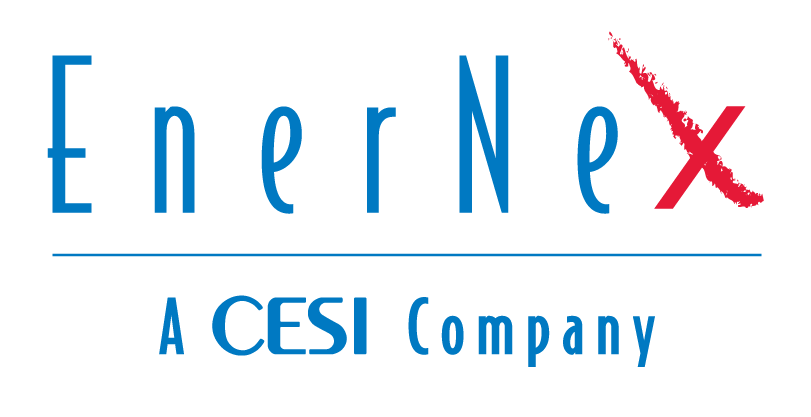 By: Aaron Snyder, Director of Grid Technology Consulting
By: Aaron Snyder, Director of Grid Technology Consulting
aaron@enernex.com
865-218-4600 x6147
My laptop was stolen!
My hard drive crashed!
My laptop was detained by CBP!
Are you ready for these?
Resiliency is a hot topic for the electric industry, but it can also be a personal lifestyle aspiration. Those who travel for work are particularly tied to devices (laptop, mobile phone) but how tied are they to particular laptops or phones? Can you do your job while away from the office if any of the these scenarios happens?
Doing a bit of foreign travel always gets me nervous about my devices. Particularly, I was wondering what the rules/laws were when traveling out of the country. I was surprised to learn this:
“This Directive governs border searches of electronic devices – including any inbound or outbound search pursuant to longstanding border search authority and conducted at the physical border, the functional equivalent of the border, or the extended border, consistent with law and agency policy.” (emphasis added)
(Section 2.3, CDP DIRECTIVE NO. 3340-049A, BORDER SEARCH OF ELECTRONIC DEVICES,
Note that it mentions “outbound search”. You may not have your laptop for the duration of your trip! How long can they keep it?
“An Officer may detain electronic devices, or copies of information contained therein, for a brief, reasonable period of time to perform a thorough border search. The search may take place onsite or at an off-site location, and is to be completed as expeditiously as possible. Unless extenuating circumstances exist, the detention of devices ordinarily should not exceed five (5) days. “
Are any of us ordinary?
I keep critical work files, in particular daily iterations of key deliverables, copied to removable flash storage. This lets me work on them with any computer that has the same applications. That computer could be a friend’s laptop or a hotel business center computer, for example. This would not mitigate the stolen or seized device problem, nor help me if I need any special software applications.
I keep my project files in a cloud repository, giving me access from just about any device I can find, for sure for reading, almost universal for editing. This lets me work on them with any computer that has connectivity. This was useful for a 5am client conference call during my vacation last year that I made from the hotel business center. This mitigates all three scenarios above, but can be extremely impractical for large file collections. In a pinch, I could use a personal laptop, though I don’t have all the special software application licenses that I might need.
I backup my work files to our corporate network as that data store is automatically backed up for use. I can do this at any time either in the office or off site through our VPN. This protects me from all three scenarios and keeps me a short time from doing useful work (we have several shared computers in our office plus some spare/emergency laptops). I could get from our generic device image to special applications installation in less than an hour and have immediate access to my files.
I backup my work laptop at home with an external USB drive. This keeps a copy in a safe location away from work so if there is a major issue I can get my files from that drive and the cloud. I might need to install some special software applications on my personal laptop, but that is minor compared to losing recent project work.
I am prepared to drive to a big box store and buy a laptop if needed. Since my files are in the cloud or on our corporate network, I am not a far virtual distance from them. Those computers can usually be returned within 14 days and if I leave the files in the cloud or on a USB flash drive, I’ve not really done anything to it that would keep me from being able to returning it.
It would be painful, but I could edit documents on my phone or tablet. Well, it would be very painful, and not all software applications I might need run on those devices so I might be restricted to documents, spreadsheets, and presentations.
If I completely shatter my phone, AGAIN, I can text and call using my tablet. When I travel outside the country I have a dual-SIM 3G international phone for which I simply get country-specific SIMs for the trip duration, leaving behind my day-to-day phone. This minimizes cost to the client versus using an international rider on my mobile plan. It also gives me a throwaway phone, that is not my day-to-day phone, if needed when going through all the security and customs points.
In short, you’ve paid me to travel and work for you and I’ve minimized my barriers to doing so from the technology standpoint. How well are you setup for your travel?

